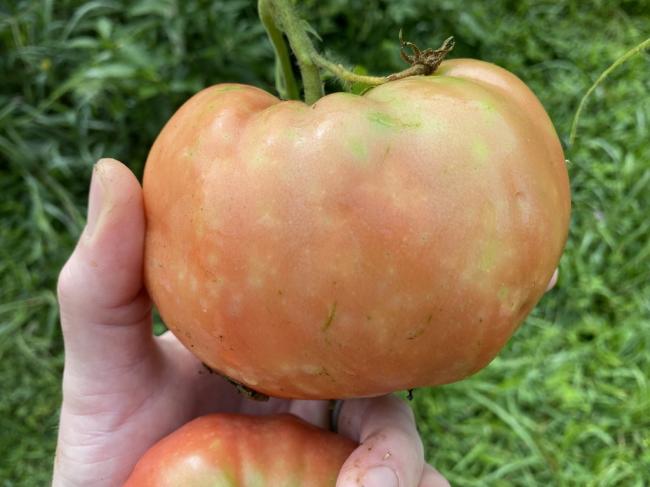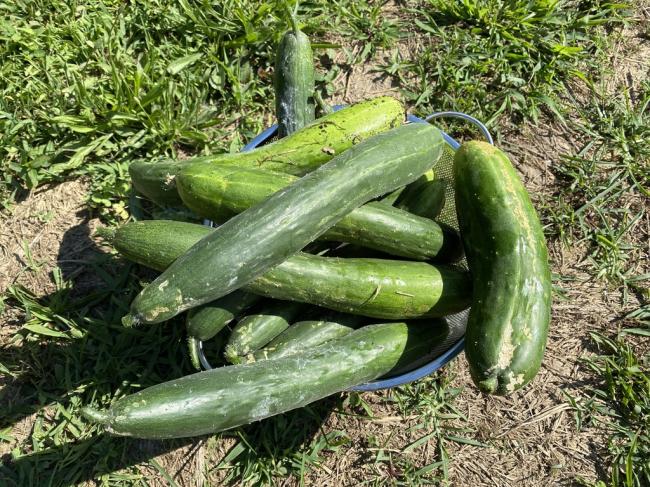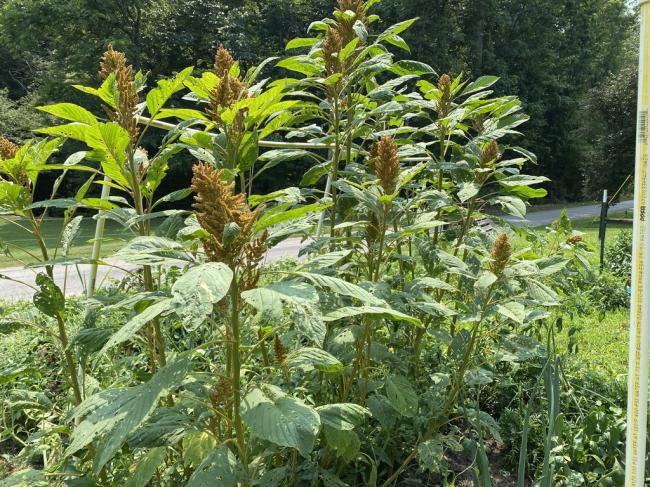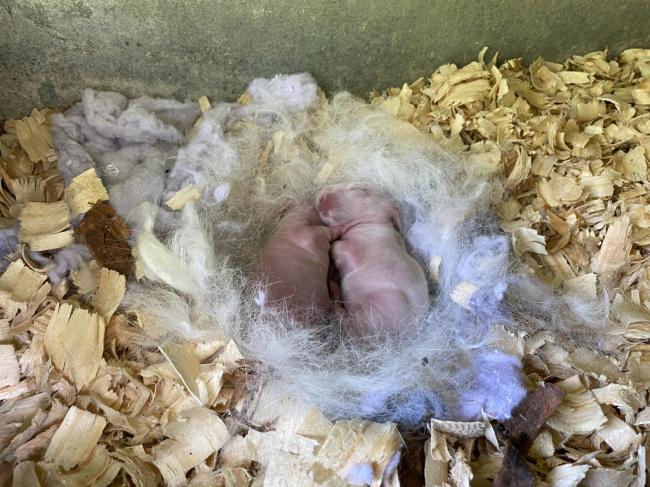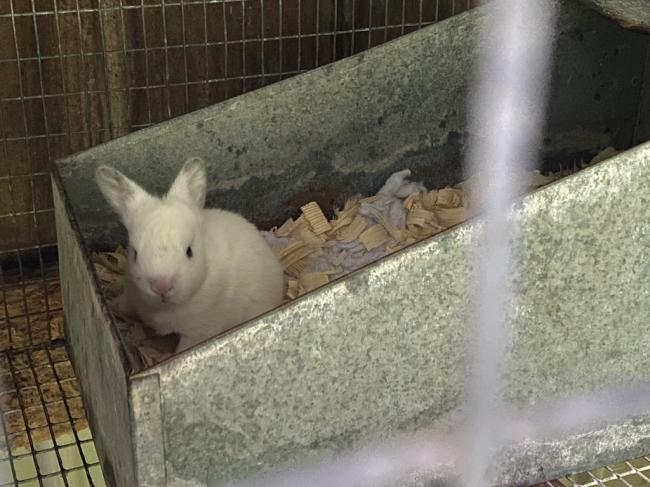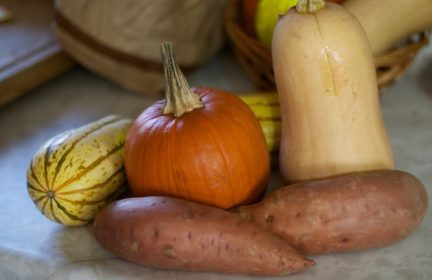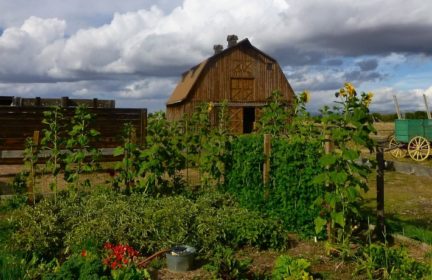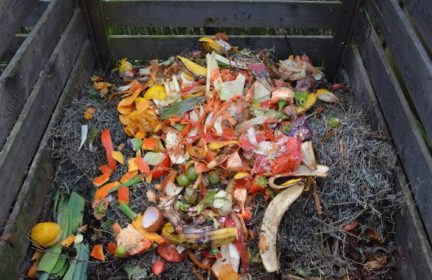Lessons from my 2021 garden
I offer a lot of gardening advice on this site, so I think it’s important that I share how things have worked for me. Here are some of the lessons I learned from my summer garden:
Raised Beds
A while back, I wrote about how I switched to raised beds. Some are no-till, one was double dug, but all have done pretty well. I’ve grown cucumbers, peppers, sweet potatoes, basil, marigolds, amaranth, lettuce, tomatoes, green beans, and sweet potatoes. Yields weren’t just fantastic, but we had a baby this summer, so I greatly scaled back my ambitions.
But the raised beds still produced a good amount of food and I didn’t break any machinery or myself in the process, so I think it’s been a big success.
Trellising
I posted a forum thread on how to make trellises with PVC pipe and string. I got the idea from Brett Markham’s The Mini Farming Bible. Unfortunately, they didn’t hold up well at all. My pole beans regularly broke the trellis, so I had to support it with a metal t-post. The tomatoes (which did amazing) completely overtook the trellis and everything around it.
Future trellises will be made of t-posts and cattle panels.
Squash and Melon Pits
The squash crop was a disaster. A rabid possum ate everything in the melon pits, including the dirt, so I had to buy bagged soil and start over. Squash germinated well enough but produced very little. My neighbor also had trouble, which he blamed on blight. I think next year I’m going to just grow winter squash in raised beds and trellis them.
Melon pits aren’t without value. David the Good had great success with them this year.
Mulch
Since I planted so intensively, I made a point of deep mulching. I have a bagger on my pushmower so I just threw down grass clippings. The beds stayed moist except during the worst dry spells.
Tomatoes
I don’t specify tomatoes as a survival crop, but my wife canned a ton of them last year and we’re still using them, so I put five tomato plants in the ground that I started from seed (German Pink from Baker Creek). They did almost too well. I put them at the north edge of the bed and they ended up taking over their bed and the one next to it. And of course they totally overwhelmed my trellis.
The tomatoes had no disease and were barely bothered by pests. I attribute that to planting them in a bed that was double-dug two feet down, plant them about a foot deep in the ground, and I put a Tums at the bottom of the holes for calcium. I’ll repeat all that next year, but I’ll put them in the center of the bed, dedicate the entire bed to the tomatoes, and properly cage them.
One mistake I made: picking tomatoes when they were too green. The right time to pick them is just when they start turning red. If I wait for them to get fully ripe, the bugs will eat them.
Sweet Potatoes
I haven’t harvested them yet, but the plants have done really well in a foot of compost. The leaves make great rabbit fodder. The leaves have perfectly shaded the bed so I almost never have to water it and there are very few weeds.
Green Beans
I went all-in on pole beans this year (Kentucky Wonder), but I kind of wish I hadn’t. They produced well, but it took them two months before I got anything. Next year I’m going to mix bush beans with pole beans. Bush beans produce faster, pole beans produce more.
Cucumbers and Peppers
I grew these because my son likes them. Poor yields from both. Too much cucumber disease and the peppers just didn’t produce. I think they were spaced too closely. But I have two big mason jars full of fermented pickles that are quite good. I saved a bunch of cucumber seed to see if the second generation is better adapted next year.
Amaranth
I grew two varieties: “Chinese spinach” and Golden Giant. The Chinese spinach ended up being bug fodder, which is okay because I didn’t stress the garden this year. I’ve been harvesting the Golden Giant for seed when the heads are dry and putting them in large paper bags so the seeds can fall out. I’m not sure how useful it’ll be, but I grew it as an experiment.
Lettuce
I made it a goal to grow a decent amount of lettuce this year, with some success. The problem is it gets so hot here so fast that lettuce gets bitter. There are a number of things I could do to mitigate that, but I’m not sure it’s worth the effort.
What I may do next year is grow just a couple of heads at a time, planted a couple of weeks apart. Harvest one head, replant, and then harvest the other head a week or two later. Or maybe I’ll just buy it locally and focus on survival crops that take less work.
Garlic
I had two beds of garlic in the ground. Garlic is easy to grow, so it produced okay, but the heads were kind of small, I think due to hard soil. I’m going to fill a raised bed with garlic in a few weeks.
Other Observations
- Spinosad and neem oil work okay against bugs, but I think diatomaceous earth works better.
- An irrigation system of some kind would be really nice, but I want something that isn’t dependent on city water. I’m planning to set up a water collection system next to my workshop and I’ll work from there.
- Next year, I’m going to focus more on survival crops, like potatoes. I’ll have more beds built then and I’ve sort of learned the hard way to not plant things just because the kids say they’ll eat them.
-
Comments (8)
-

